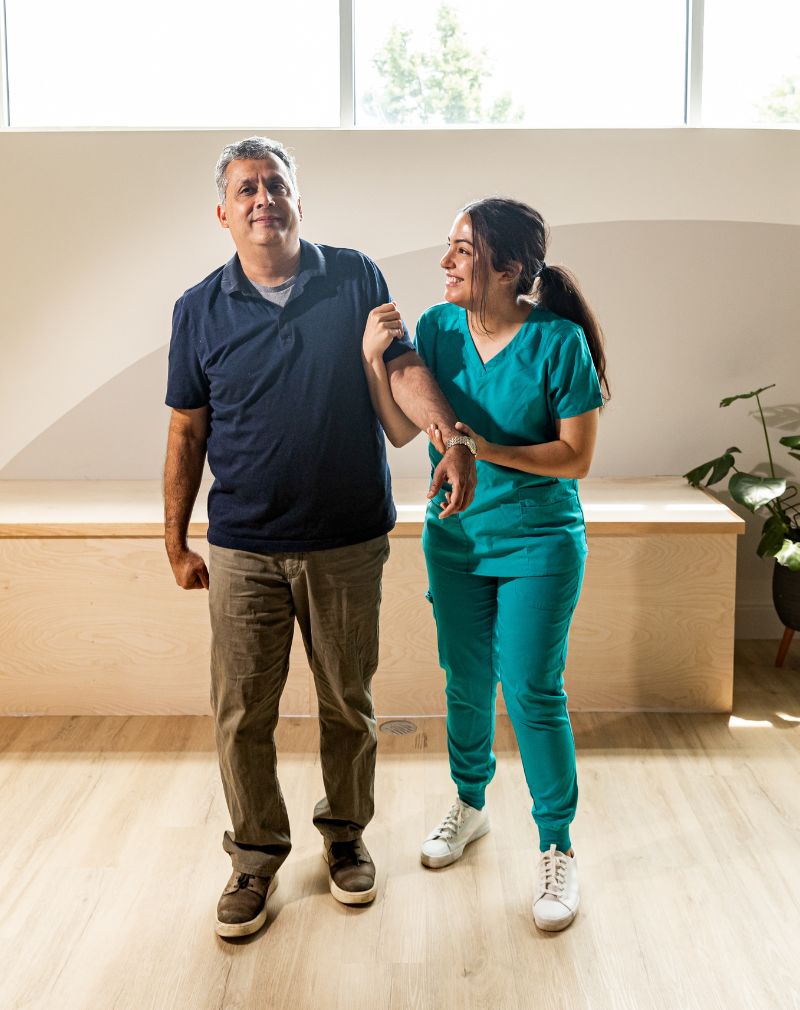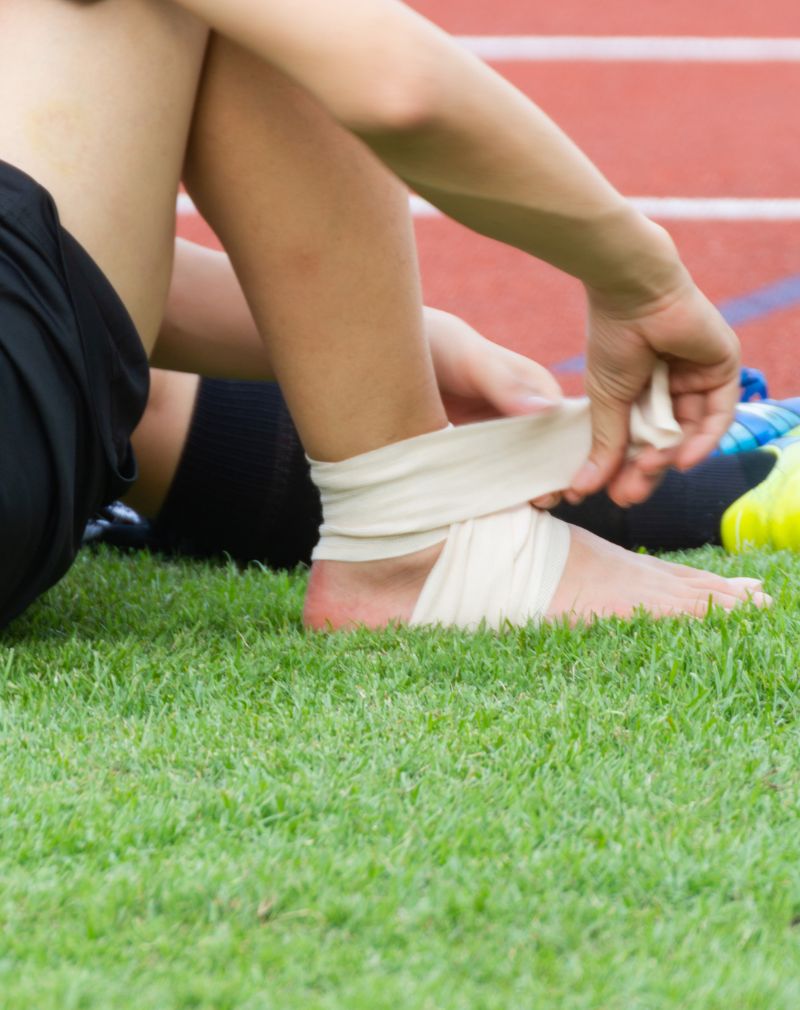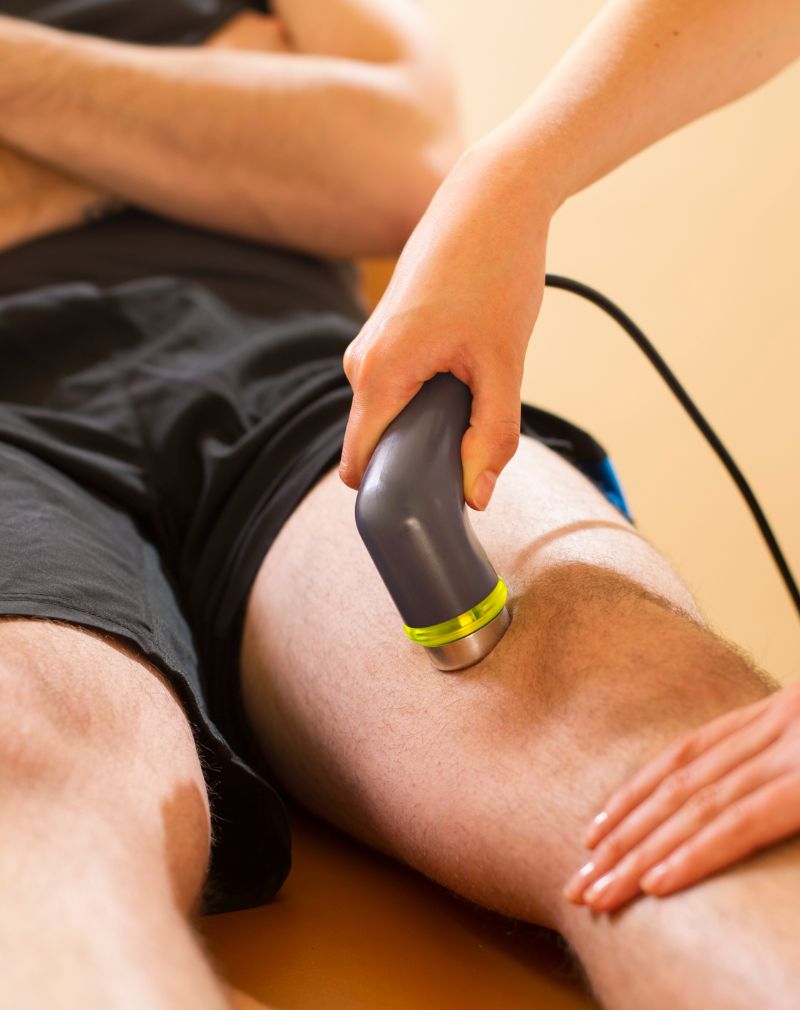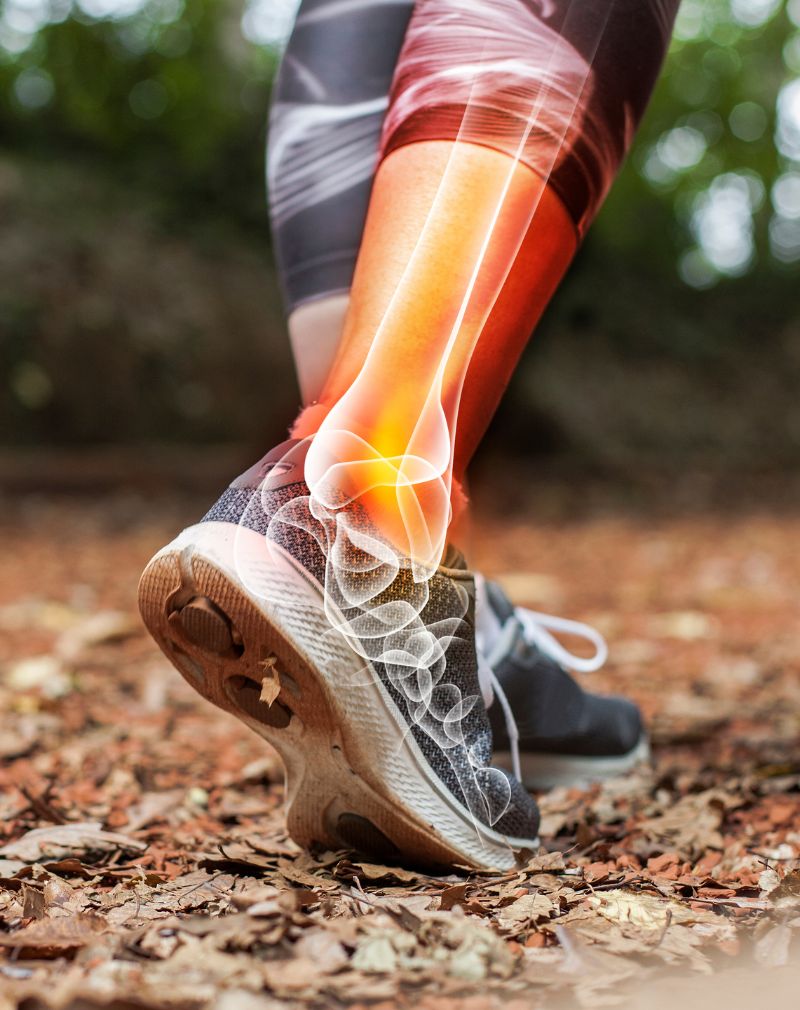Pain has a strange way of sneaking into our lives.
Sometimes it’s loud — a snap you hear mid-sprint.
Other times it builds slowly — an ache in your knee that just won’t quit.
If that sounds familiar, you’re not alone.
We see it every day at The American Wellness Center in Dubai Healthcare City.
Athletes. Dancers. Busy professionals.
People trying to push through, even when their body says pause.
This is where regenerative medicine — and more specifically, PRP therapy — starts to matter.
Regenerative medicine is about helping your body heal using its own tools.
PRP stands for Platelet-Rich Plasma. It’s a method that uses your own blood to support healing.
No foreign chemicals. No complex procedures. Just your biology, doing its job.
And here’s the thing:
The global PRP market is projected to pass USD 800 million by 2025. (MarketWatch, 2024)
That stat doesn’t just show popularity — it shows trust.
People are turning to solutions that don’t just cover the pain. They treat it.
At our Sports Medicine department, we’ve built recovery plans around this belief.
That healing should be smart, targeted, and personal.
So let’s break it down — how it works, who it helps, and why it might be exactly what you need.
What Is PRP Therapy and How Does It Work?
PRP therapy sounds high-tech.
But it’s actually pretty straightforward.
We start with your blood.
That’s where your platelets live — small, powerful cells that help repair tissue and stop bleeding.
Here’s what we do at The American Wellness Center:
- Draw a small sample of your blood
- Spin it in a centrifuge to concentrate the platelets
- Inject that concentrated plasma directly into the injured area
That’s it.
Three steps, using nothing but what your own body provides.
And it works.
A 2024 study in the Journal of Sports Science & Medicine showed that PRP injections reduced pain by over 40% in patients with chronic tendon injuries.
The science is strong, but we care just as much about the feeling.
When patients come back after a few sessions and say, “It doesn’t hurt the way it used to,” — that’s the real win.
And because we combine this therapy with expert-guided physiotherapy at The American Wellness Center in Dubai Healthcare City, we make sure each step forward is solid.
No guesswork. Just steady progress.
Who Benefits Most from PRP Therapy?
This therapy isn’t only for elite athletes.
It’s for anyone stuck in that frustrating space between “rest and hope” and “surgery and fear.”
At The American Wellness Center in Dubai Healthcare City, we most often use PRP for:
- Tendonitis (like tennis elbow or jumper’s knee)
- Ligament injuries, especially in the ankle and knee
- Osteoarthritis, particularly in weight-bearing joints
- Muscle tears from sudden impact or overuse
And it’s effective.
Over 60% of athletes who received PRP therapy reported faster recovery compared to traditional physiotherapy alone.
We had a patient recently — mid-30s, expat, played padel three times a week.
Came in with a persistent knee strain that physio alone wasn’t resolving.
After two rounds of PRP paired with tailored rehab, he was back on court in half the time he expected.
That’s what matters: not just healing, but returning to what you love — without fear of re-injury.
And with us by your side at AWC, every part of your recovery is mapped out by people who’ve walked this path with hundreds of patients before you.
PRP vs. Traditional Treatments: What Makes It Different?
There are a lot of options when you’re in pain.
And let’s be honest — that can make it hard to choose the right one.
We’ve had patients come to The American Wellness Center in Dubai Healthcare City after months of trying other routes.
Steroid shots. Rest. Sometimes even surgery consults.
They often say the same thing:
“I just want something that works — without more downtime.”
Here’s where PRP stands apart:
| Treatment Type | Relief Type | Recovery Time | Risks & Side Effects | Long-Term Benefits |
| PRP Therapy | Gradual, lasting | 2–6 weeks | Very low (uses own blood) | Promotes healing |
| Steroid Injection | Fast, short-term | Often same day | Risk of tissue weakening, flare-ups | Temporary relief |
| Surgery | Structural correction | Weeks to months | Higher risks, anesthesia, downtime | Depends on case |
PRP isn’t instant. But it’s steady.
And it’s backed by data:
“PRP has fewer complications and up to 70% faster return-to-play outcomes in mild-to-moderate injuries.”
For many, it’s that in-between option.
More natural than steroids. Less invasive than surgery.
And when combined with focused rehab at our Sports Medicine clinic, it helps the body build real strength from within.
Is PRP Safe? What the Research Says
We get it. Injections make people nervous.
Especially when they hear it’s “new” or “regenerative.”
But PRP therapy is one of the most natural treatments we offer.
It’s autologous — which simply means we use your own blood.
That cuts down the risk of allergic reactions or rejection almost completely.
Still, we never take safety lightly.
Every PRP procedure at The American Wellness Center is done by licensed professionals, under guidelines set by the Dubai Healthcare City Authority.
That means sterile environments, precise protocols, and medical-grade equipment every time.
Here’s what the numbers say:
“Adverse events from PRP therapy are rare — under 1.5% according to a multicenter 2024 safety analysis.”
Most patients report mild soreness around the injection site, which fades within a day or two.
No harsh drugs. No surgical cuts. No overnight stays.
Just a simple, clean way to support your body’s healing — with your body’s own tools.
That’s something you can feel confident about.
PRP Therapy at The American Wellness Center
PRP isn’t just about the injection — it’s about the whole process.
And at The American Wellness Center in Dubai Healthcare City, that process is built around you.
We take a team approach in our Sports Medicine department.
That means you’re not handed off from one specialist to the next. You’re guided, step by step, by people who talk to each other and understand your goals.
Here’s how it usually works:
- You meet with our sports medicine doctor for a detailed consultation.
- If PRP is right for you, we draw your blood and prepare the injection right here.
- After the treatment, you’ll follow up with one of our physiotherapists who tracks your healing and helps restore movement, strength, and balance.
We also support recovery with:
- Dry needling for tight or painful muscle groups
- Joint mobilization to gently restore range of motion
- Functional retraining to help you move better in daily life or sport
Every patient is different. That’s why your rehab plan is built around your needs, not a template.
And every step meets the standards set by DHA and DHCA — so you know it’s safe, structured, and fully licensed.
What to Expect: Cost, Recovery, and Results
PRP doesn’t promise magic. But it can offer momentum.
Most soft tissue injuries begin to improve within 3 to 6 weeks of treatment.
Some feel relief sooner. Others may need two or more sessions for deeper or chronic conditions.
That’s something we’ll talk about upfront — no surprises, just honesty.
And the results?
“Athletes receiving two or more PRP sessions showed a 50% improvement in function and pain scores by week 6.”
Pain eases. Movement returns. And confidence grows.
We walk with you through all of it — checking in, adjusting as needed, and making sure you never feel left behind.
Listening to Your Body Is the First Step
There’s a lot we can push through.
But pain, if ignored too long, tends to grow louder — not quieter.
PRP is one way to start healing naturally.
It’s simple. It’s safe. And it’s backed by real science and real stories, from patients who just wanted to feel like themselves again.
At The American Wellness Center, we believe recovery should never feel out of reach.
You deserve time, attention, and a plan that respects where you are and where you want to be.
So if you’ve been waiting for a sign to start taking care of that knee, that shoulder, that ache that won’t let go —
maybe this is it.
Come talk to us.
We’ll figure it out together.



